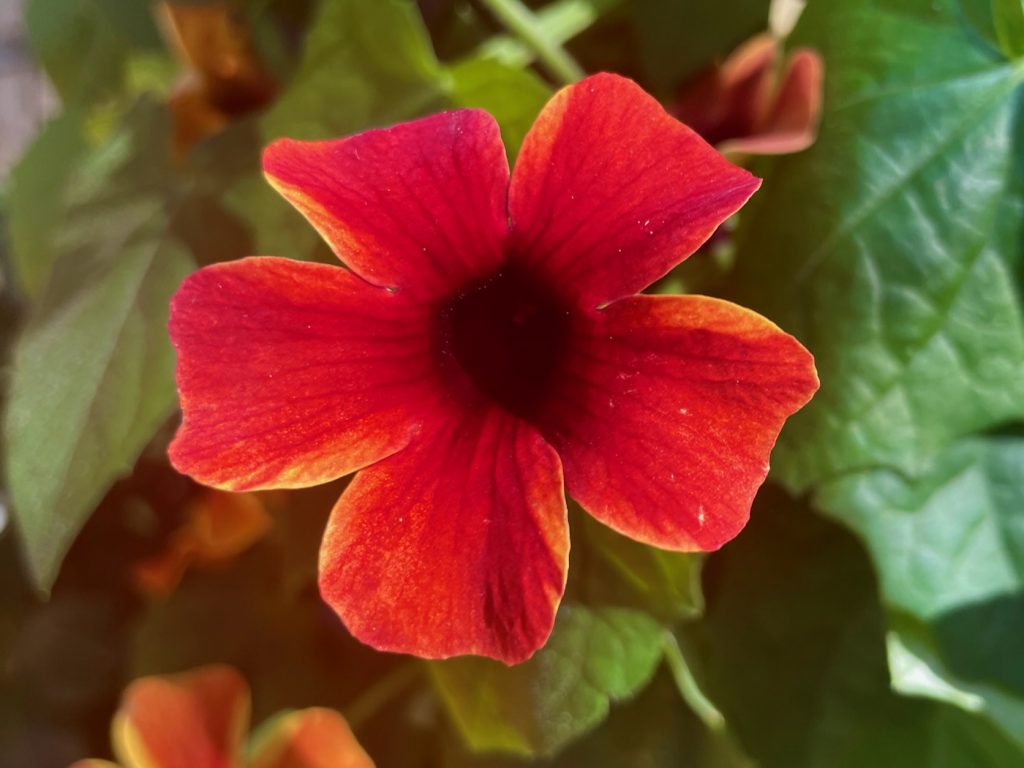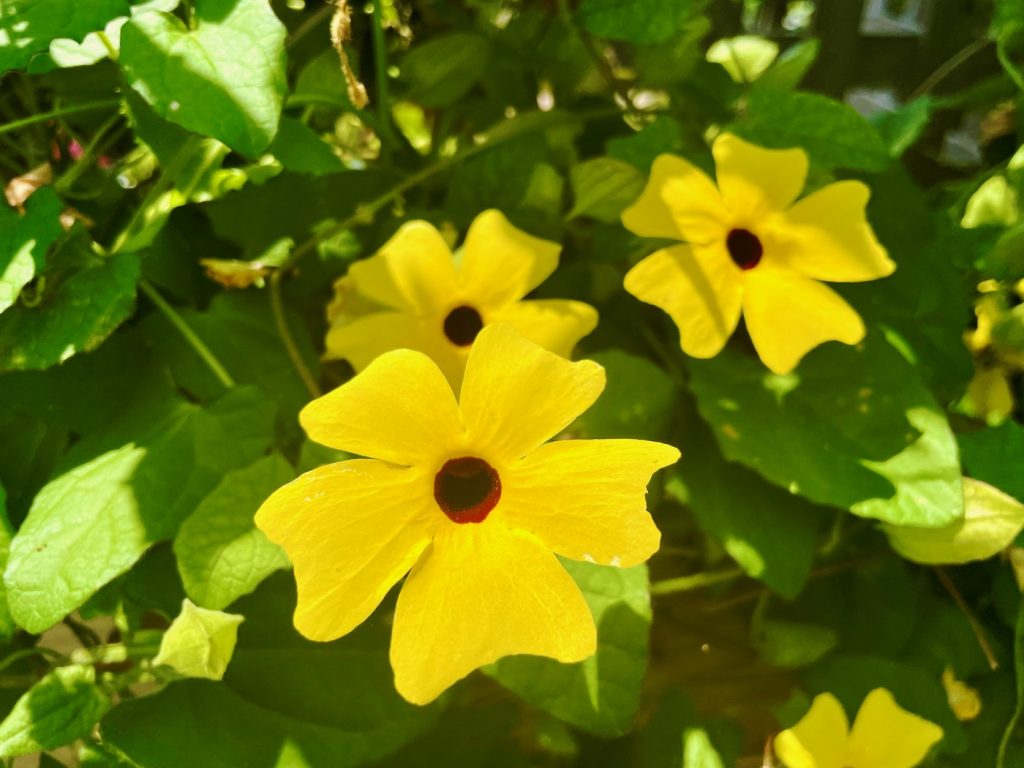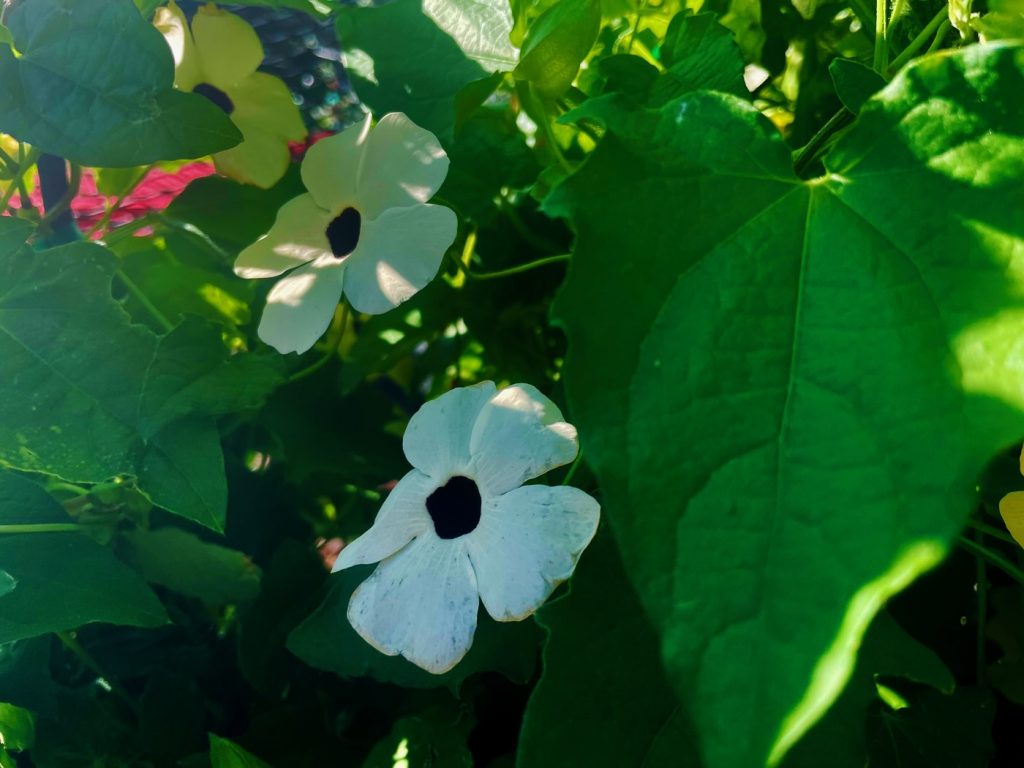Passiflora vitifolia: A Vibrant Climbing Vine for Your Garden
Passiflora vitifolia, also known as Perfumed Passionflower, Vine-leaved Passion Flower, Grape-Leaved Passion Flower, and Crimson Passion Flower, is a captivating climbing vine native to Central America and northwestern South America. Belonging to the Passifloraceae family, this plant is cherished for its serrate leaves resembling grape leaves and its stunning bright red flowers, which add a touch of exotic beauty to any garden. In this comprehensive guide, we will explore the characteristics of Passiflora vitifolia and provide valuable insights on how to successfully grow and care for this remarkable vine.
Characteristics and Growing Conditions:
Leaves: The serrate leaves of Passiflora vitifolia closely resemble the leaves of grapevines, lending the plant its vitifolia name. These leaves not only contribute to the vine’s aesthetic appeal but also create an interesting foliage element in the garden.
Flowers: Passiflora vitifolia stands out with its striking bright red flowers, measuring approximately 10cm or 4in in diameter. The vibrant coloration and intricate floral structure make it a captivating focal point in any garden or landscape. Additionally, the flowers emit a delightful fragrance, enhancing the sensory experience.
Fruit: Passiflora vitifolia produces small fruits, around 5cm in size, with green flesh and numerous seeds. The fruit has a sour taste and takes approximately one month to ripen after falling from the plant.
Cultivation Tips for Passiflora vitifolia:
Sun and Soil Requirements: Grow Passiflora vitifolia in a location that receives ample sunlight or partial shade. This vine thrives in loam-based potting soil that is moist but well-drained. Ensuring proper drainage is essential to prevent waterlogging and potential root rot.
Watering and Moisture: Maintain a consistent moisture level in the soil to promote healthy growth. While Passiflora vitifolia appreciates moist conditions, avoid overwatering, as excessive moisture can lead to root issues. Regularly check the soil moisture and adjust your watering schedule accordingly.
Flowering Season: Passiflora vitifolia blooms from summer to autumn, displaying its vibrant red flowers during this period. Enjoy the colorful spectacle and the accompanying fragrance that attracts pollinators to your garden.
Disease and Pest Management: Passiflora vitifolia is generally disease-free; however, keep an eye out for potential issues such as red spider mites or scale insects. Regularly inspect the plant for any signs of infestation and take appropriate measures to control pests if necessary.
Propagation Methods: You can propagate Passiflora vitifolia through various methods such as seed propagation, layering, or semi-hardwood cuttings. Experiment with different techniques to find the method that suits your preferences and yields the best results.
Additional Information:
Noteworthy Garden: One notable location where you can witness the beauty of Passiflora vitifolia is the Self-Realization Fellowship Lake Shrine in Los Angeles, California. This serene garden, situated at 17190 Sunset Blvd, Pacific Palisades, near the Pacific Coast Highway (PCH), showcases a variety of plants, including Passiflora vitifolia, along a scenic path surrounding a tranquil lake. Visitors can enjoy the peaceful ambiance, find quiet sitting areas for relaxation and meditation, and immerse themselves in the beauty of the surroundings.
Passiflora vitifolia, with its serrate leaves, vibrant red flowers, and sour fruit, is an enchanting climbing vine that brings a touch of exotic beauty to gardens.




